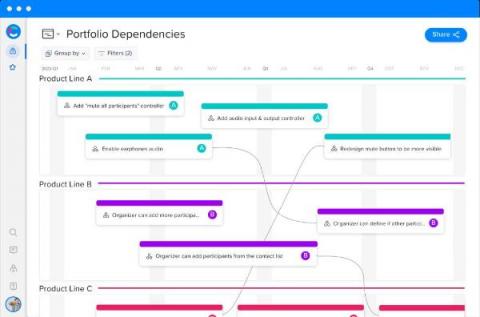Cracking the mystery behind Product Operations - What is it, and what are the responsibilities?
In recent years, the tech industry has seen the rise of a new role that has quickly become a vital component of many companies’ success: Product Operations. This role, which sits at the intersection of product management, engineering, and business operations, has had an increase in demand as companies have recognized the need for a more integrated approach to building and scaling products.







